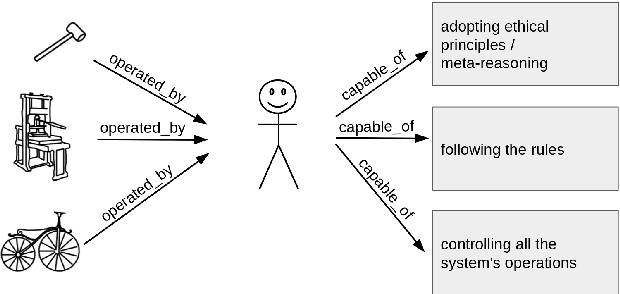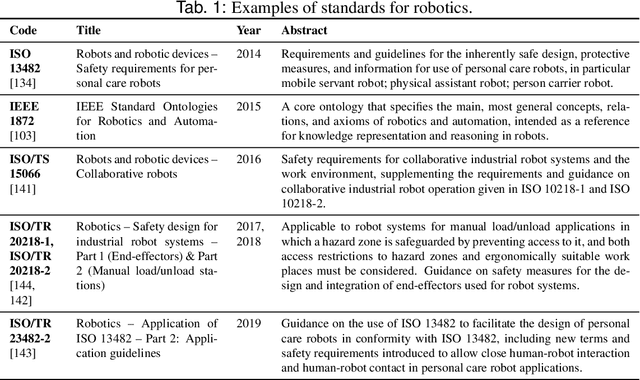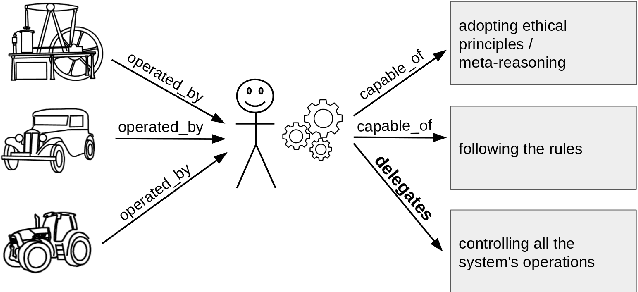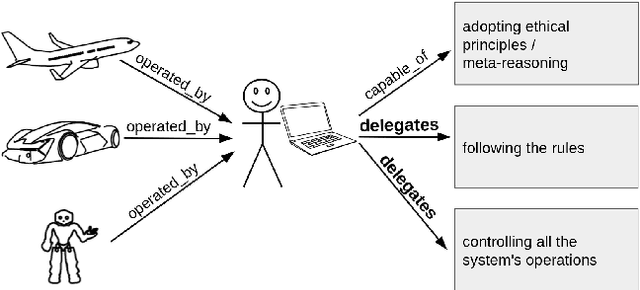Kristin Yvonne Rozier
Neurosymbolic Feature Extraction for Identifying Forced Labor in Supply Chains
Jul 09, 2025Abstract:Supply chain networks are complex systems that are challenging to analyze; this problem is exacerbated when there are illicit activities involved in the supply chain, such as counterfeit parts, forced labor, or human trafficking. While machine learning (ML) can find patterns in complex systems like supply chains, traditional ML techniques require large training data sets. However, illicit supply chains are characterized by very sparse data, and the data that is available is often (purposely) corrupted or unreliable in order to hide the nature of the activities. We need to be able to automatically detect new patterns that correlate with such illegal activity over complex, even temporal data, without requiring large training data sets. We explore neurosymbolic methods for identifying instances of illicit activity in supply chains and compare the effectiveness of manual and automated feature extraction from news articles accurately describing illicit activities uncovered by authorities. We propose a question tree approach for querying a large language model (LLM) to identify and quantify the relevance of articles. This enables a systematic evaluation of the differences between human and machine classification of news articles related to forced labor in supply chains.
Towards a Framework for Certification of Reliable Autonomous Systems
Jan 24, 2020



Abstract:A computational system is called autonomous if it is able to make its own decisions, or take its own actions, without human supervision or control. The capability and spread of such systems have reached the point where they are beginning to touch much of everyday life. However, regulators grapple with how to deal with autonomous systems, for example how could we certify an Unmanned Aerial System for autonomous use in civilian airspace? We here analyse what is needed in order to provide verified reliable behaviour of an autonomous system, analyse what can be done as the state-of-the-art in automated verification, and propose a roadmap towards developing regulatory guidelines, including articulating challenges to researchers, to engineers, and to regulators. Case studies in seven distinct domains illustrate the article.
 Add to Chrome
Add to Chrome Add to Firefox
Add to Firefox Add to Edge
Add to Edge